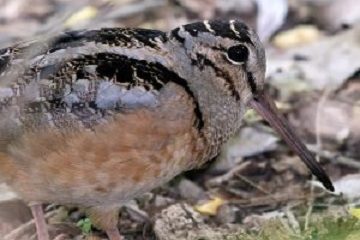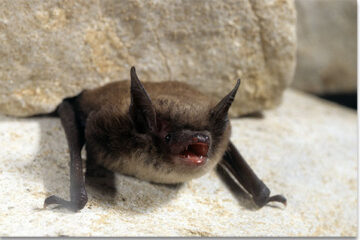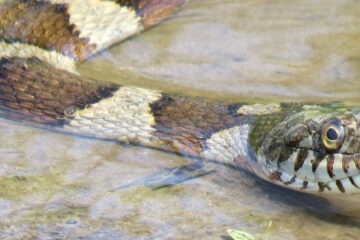
Fireflies (also known as Lightning Bugs)
Family Lampyridae
Identification: The size of a firefly is up to one inch. Fireflies are easy to spot, but a lot of people do not realize that these insects are beetles and nocturnal members of the Lampyridae family.
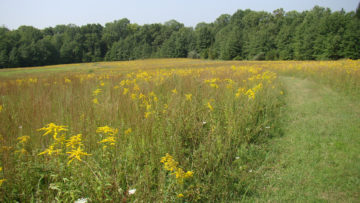
Fireflies thrive in grassy meadows
Habitat: There are about 2,000 firefly species. Fireflies live in a variety of warm environments as well as in more temperate regions. Fireflies love moisture and often live in humid regions of Asia and the Americas. In drier areas, they are found around wet or damp areas that retain moisture. They thrive in forests, fields and marshes near lakes, rivers, ponds, streams and vernal pools.
Food: Females deposit their eggs in the ground which is where larvae develop to adulthood. Underground larvae feed on worms and slugs but scientists are not actually sure what adult fireflies eat. They may eat nectar or pollen, or nothing at all.
Behavior: Most people know how fireflies got their name, but do not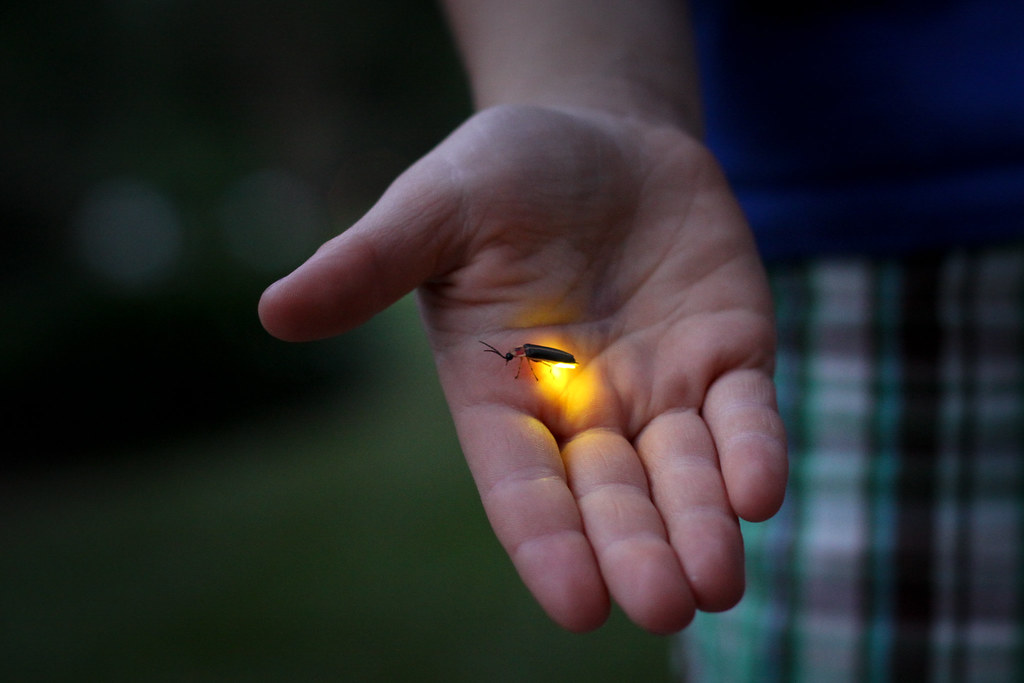 know how the insects produce their glow. Fireflies have dedicated light organs that are located under their abdomens which take in oxygen. Inside special cells, the oxygen combines with a substance called luciferin to produce light. Firefly light is usually intermittent, and flashes in patterns that are unique to each species. Each blinking pattern is a signal that helps fireflies find potential mates. Scientists are not sure how the insects regulate the process of turning their lights on and off.
know how the insects produce their glow. Fireflies have dedicated light organs that are located under their abdomens which take in oxygen. Inside special cells, the oxygen combines with a substance called luciferin to produce light. Firefly light is usually intermittent, and flashes in patterns that are unique to each species. Each blinking pattern is a signal that helps fireflies find potential mates. Scientists are not sure how the insects regulate the process of turning their lights on and off.
Life Cycle: Like all beetles, the fireflies have a complete life cycle consisting of four stages: egg, larva, pupa and adult. The adult females lay their eggs in mid-summer. Egg hatch occurs by late summer and the larvae are present until the following spring. Pupation occurs just before the adults are seen flying about in June and July. They have a life span of about 2 months.
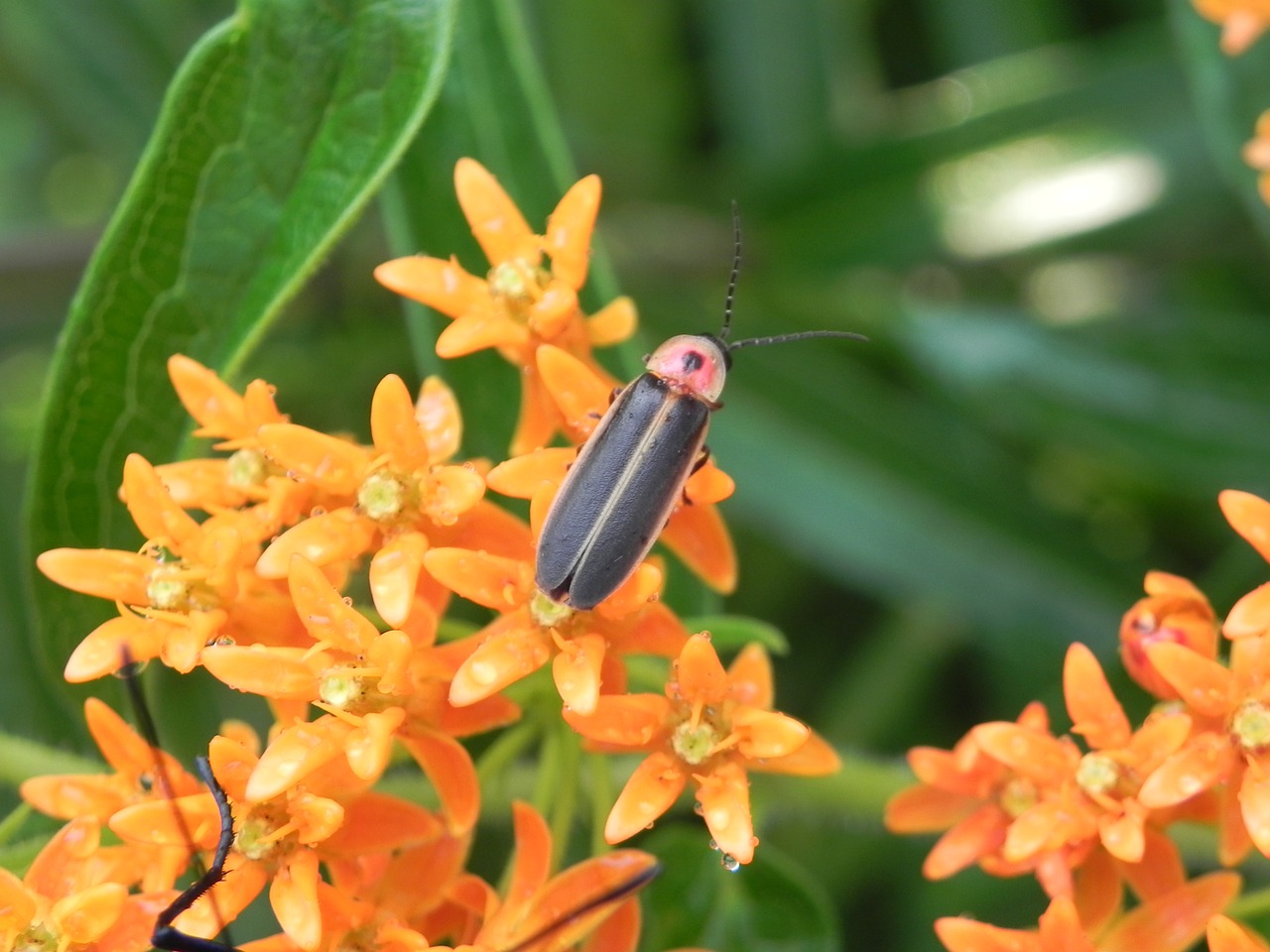 Conservation: Fireflies are not endangered but are at threat for disappearing. Most researchers blame two main factors: development and light pollution. Because of housing and commercial development reducing firefly habitat, their numbers are dwindling. Male and female fireflies use their flashing lights to communicate. Some species synchronize their flashes to attract mates, warn off predators, and defend their territory. Human light pollution possibly interrupts their flash patterns. Lights from cars, homes, stores and streetlights may make it difficult for the fireflies to signal each other during mating which decreases the numbers of larvae born next season. Fireflies are amazing creatures that light up our nights and bring a sense of magic to our environment. If they disappear, it will be a great loss to habitats and generations.
Conservation: Fireflies are not endangered but are at threat for disappearing. Most researchers blame two main factors: development and light pollution. Because of housing and commercial development reducing firefly habitat, their numbers are dwindling. Male and female fireflies use their flashing lights to communicate. Some species synchronize their flashes to attract mates, warn off predators, and defend their territory. Human light pollution possibly interrupts their flash patterns. Lights from cars, homes, stores and streetlights may make it difficult for the fireflies to signal each other during mating which decreases the numbers of larvae born next season. Fireflies are amazing creatures that light up our nights and bring a sense of magic to our environment. If they disappear, it will be a great loss to habitats and generations.
Interesting Facts:
- If attacked, fireflies will shed drops of blood known as “reflex bleeding.” The blood contains chemicals that taste bitter and can be poisonous to some animals. Because of this, many animals learn to avoid eating fireflies.
- Each species has their own specific color of light they produce. Some glow blue or green while others glow orange or yellow.
- Firefly lights are the most efficient lights in the world—100% of the energy is emitted as light. Compare that to an incandescent bulb, which emits 10% of its energy as light and the rest as heat, or a fluorescent bulb, which emits 90% of its energy as light. Because it produces no heat, scientists refer to firefly lights as “cold lights.”
Credits / Resources
Firefly Conservation & Research / firefly.org
https://www.nationalgeographic.com/animals/invertebrates/group/fireflies
https://www.pestworld.org/news-hub/pest-articles/the-science-behind-fireflies/
Please share any questions, comments, or photos that you and your child have on the Raritan Headwaters Learning Community Facebook Page!
More Raritan Headwaters Learning Resources

